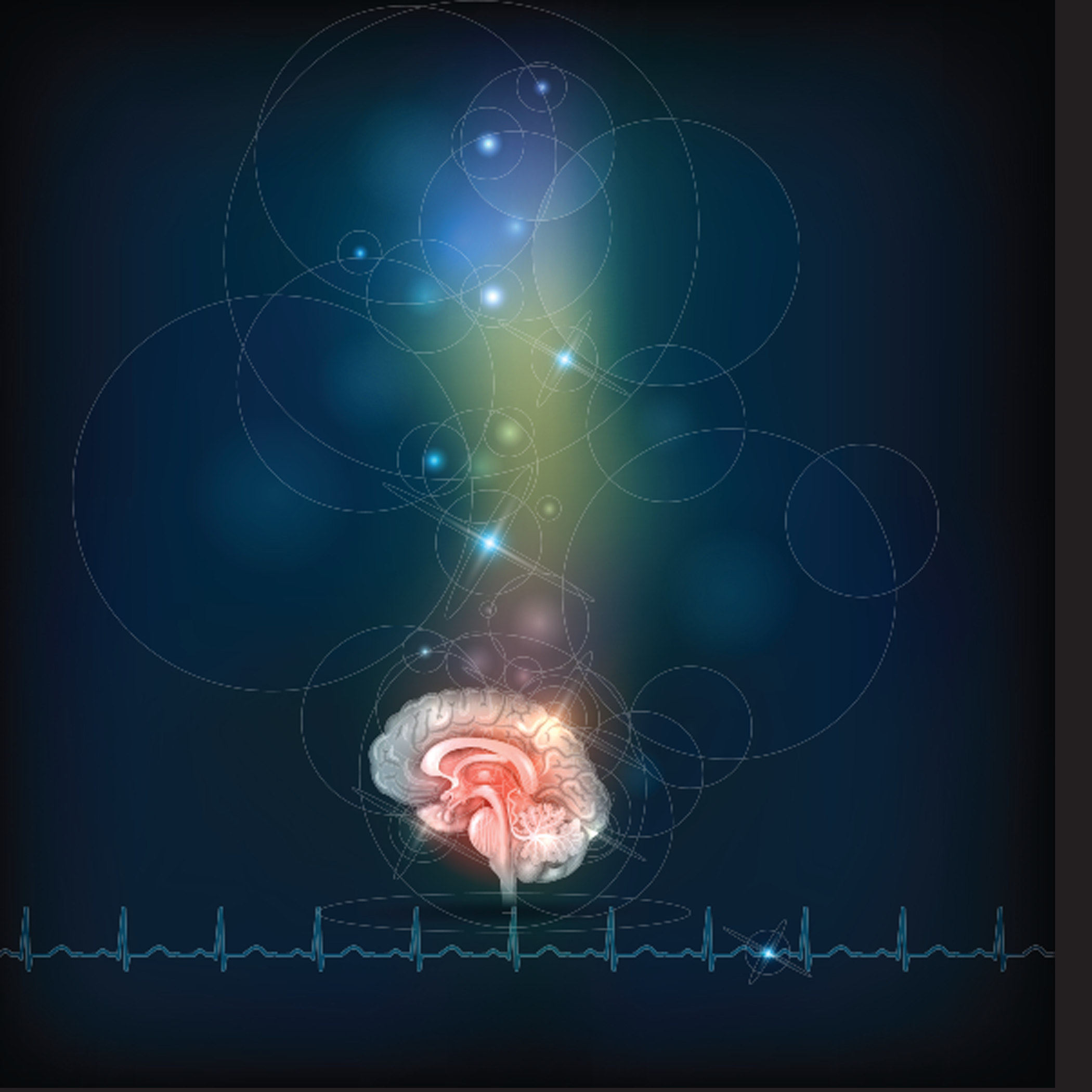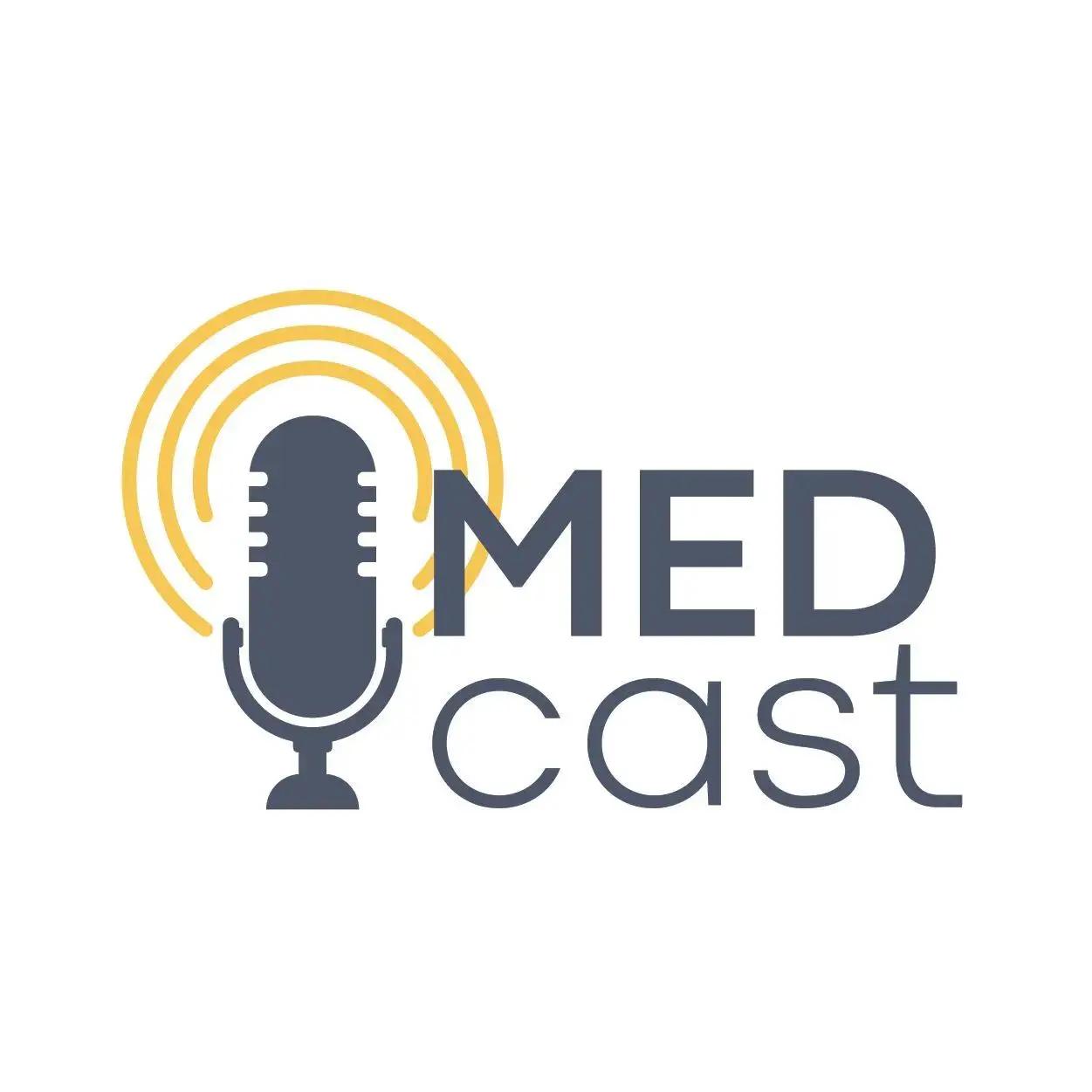Article
How the Brain Processes Emotions
Author(s):
When it comes to emotions, it turns out that there are regions in the brain, specifically in the limbic system, that are associated with each of the 6 main emotions.
Tefi/Shutterstock

As we all know, emotions are complex. Psychologists say that we have only 6 basic emotions, which are happiness, anger, sadness, fear, surprise, and disgust. All of our other emotions are built from the 6 basic emotions. For example, jealousy stems from a combined feeling of anger or sadness, while satisfaction can be a type of happiness.
When it comes to emotions, it turns out that there are regions in the brain, specifically in the limbic system, that are associated with each of the 6 main emotions. Emotions are actually experiences that are associated with activation of certain regions in the brain.
Emotion structures in brain
Positron Emission Tomography (PET) scanning and functional MRI studies have shown that some emotions are more likely to be associated with different regions of limbic system activity than other emotions.
1. Happiness activates several areas of the brain, including the right frontal cortex, the precuneus, the left amygdala, and the left insula. This activity involves connections between awareness (frontal cortex and insula) and the “feeling center” (amygdala) of the brain.
2. Fear activates the bilateral amygdala, the hypothalamus and areas of the left frontal cortex. This involves some thinking (frontal cortex), a “gut” feeling (amygdala), and a sense of urgency typically associated with survival (the hypothalamus.)
3. Sadness is associated with increased activity of the right occipital lobe, the left insula, the left thalamus the amygdala and the hippocampus. The hippocampus is strongly linked with memory, and it makes sense that awareness of certain memories is associated with feeling sad.
Sadness has been studied more than the other emotions because depression may last for a long time; the effects of antidepressants can be measured based on improved symptoms.
4. Disgust is an interesting feeling that is often associated with avoidance. This emotion that is associated with activation and connections between the left amygdala, the left inferior frontal cortex, and the insular cortex.
5. Anger is an important emotion that many people, adults and children alike, try to control. Anger is associated with activation of the right hippocampus, the amygdala, both sides of the prefrontal cortex and the insular cortex.
6. Surprise is an emotion that can either make you feel good or it can make you feel bad. Surprise activates the bilateral inferior frontal gyrus and the bilateral hippocampus. The hippocampus is strongly associated with memory, and the element of surprise is, by nature, associated with experiencing something that you do not remember or do not expect.
Localized disease in the brain can cause changes in emotions. Similarly, diffuse disease, such as that seen in conditions such as multiple sclerosis and small vessel disease, can also induce changes in emotional status, which are often recognized clinically as changes in a patients’ personality. How often do you see changes in a patient’s ability to process emotion as a neurological disease progresses over time?
Additional reading
1. Alkozei A, Killgore WD. Emotional intelligence is associated with reduced insula responses to masked angry faces. Neuroreport. 2015;26:561-5671.
2. Fusar-Poli P, Placentino A, Carletti F, et al. Functional atlas of emotional faces processing: a voxel-based meta-analysis of 105 functional magnetic resonance imaging studies. J Psychiatry Neurosci. 2009;34:418-432.





